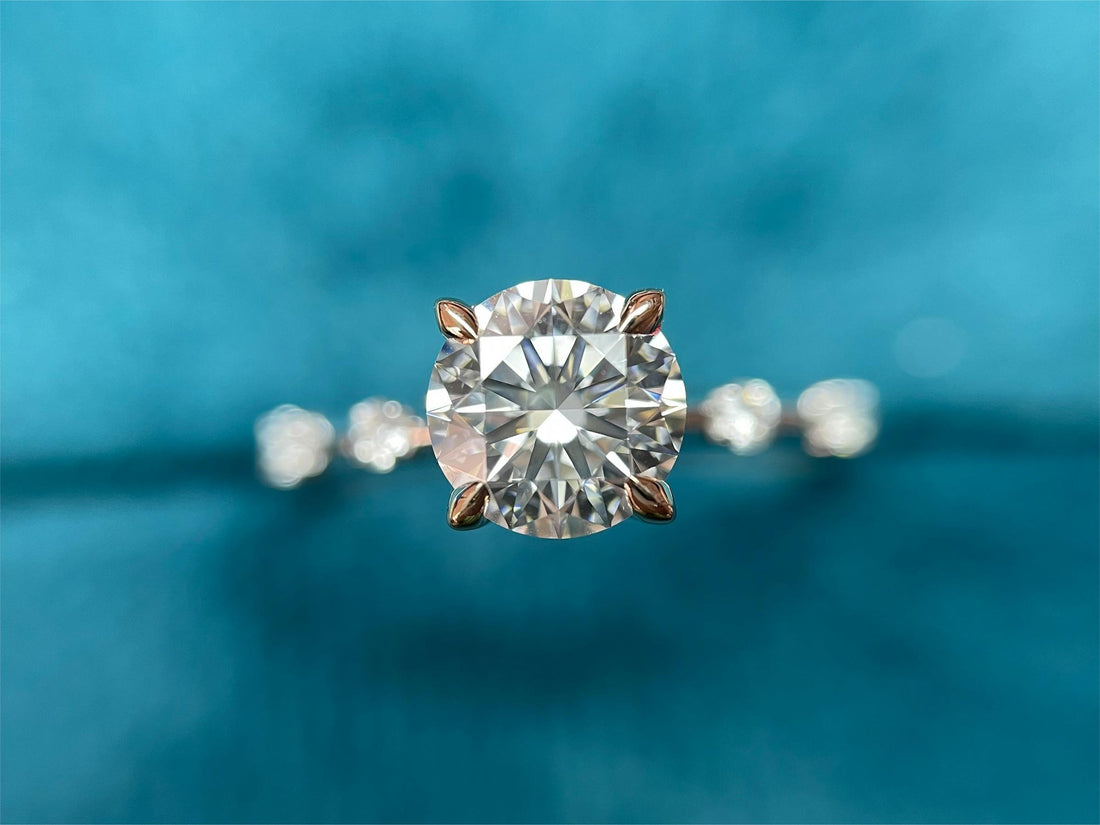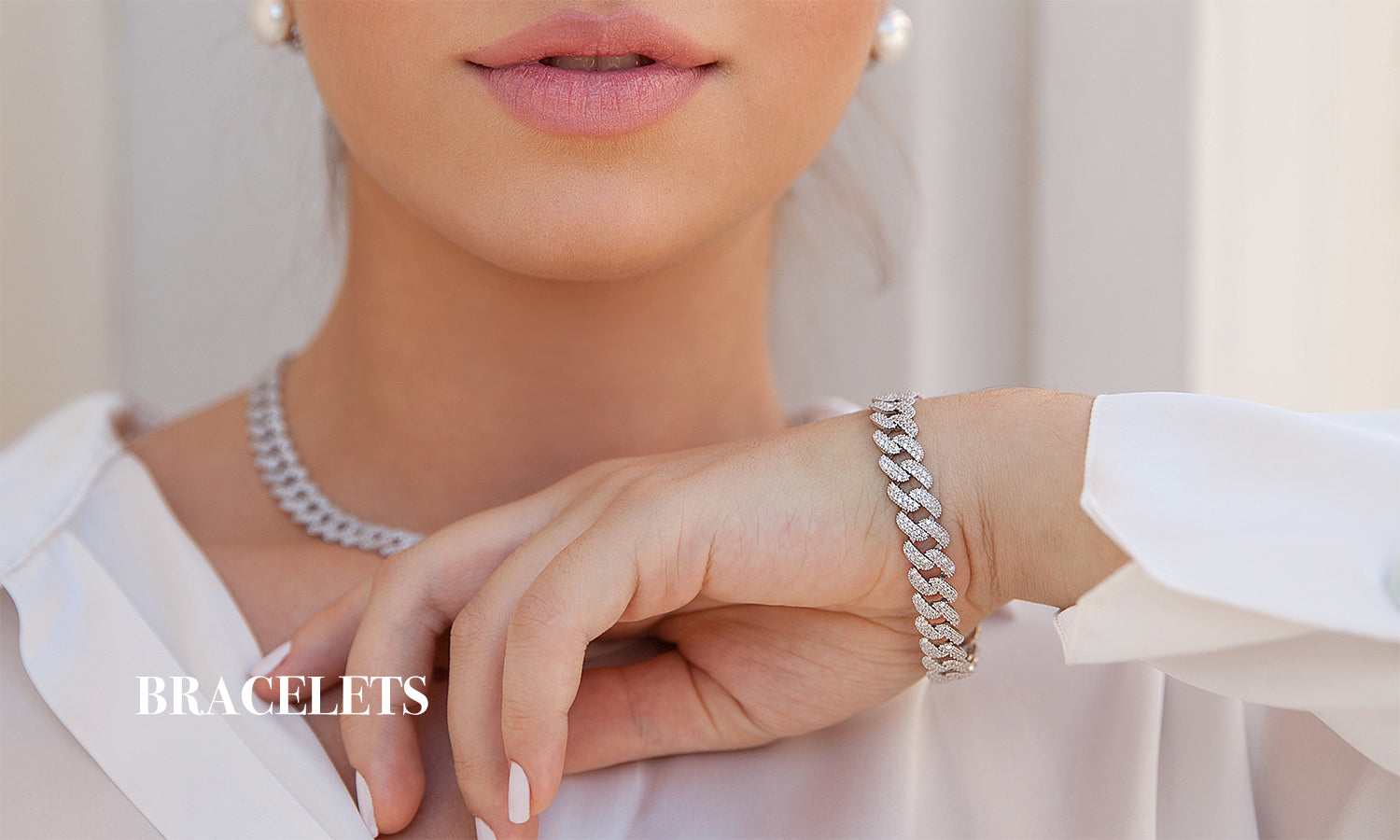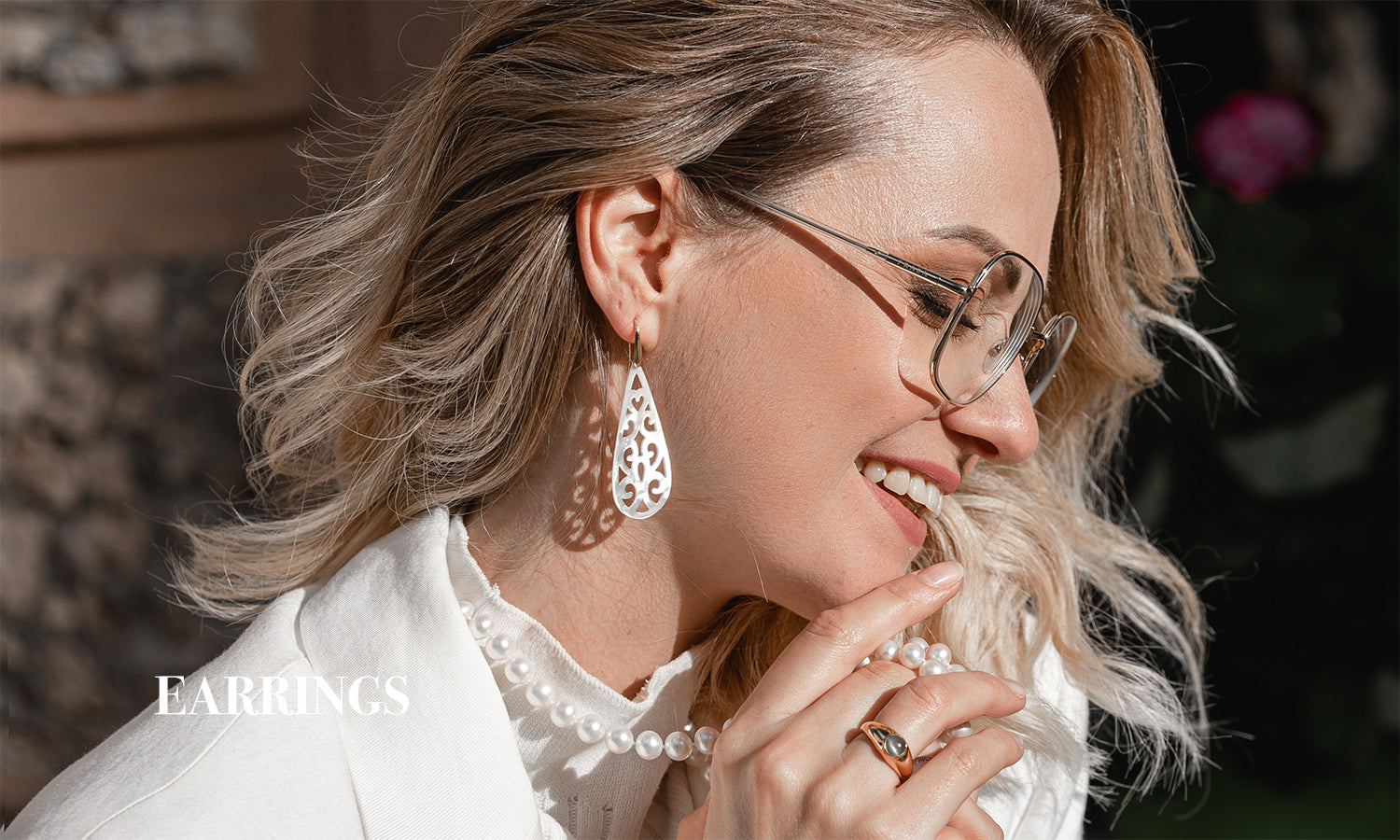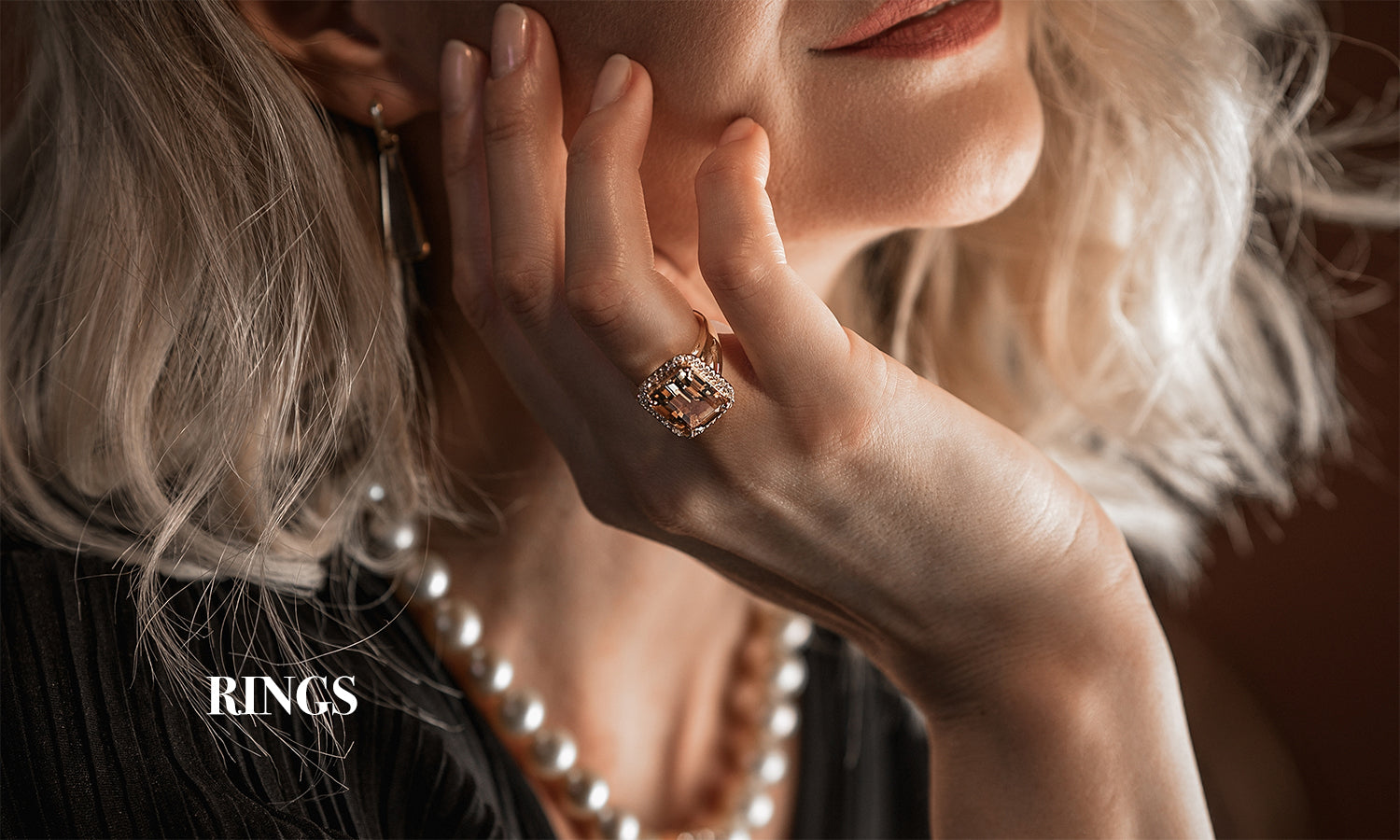
The Ultimate Guide to Lab Grown Diamond Jewelry Maintenance
Share
Lab grown diamond jewelry is not only stunning but also an ethical and sustainable choice for adornment. These gems, created in controlled environments with cutting-edge technology, offer a brilliant alternative to mined diamonds. However, like any precious jewelry, lab grown diamond pieces require proper care and maintenance to retain their sparkle and allure for generations. In this comprehensive guide, we'll delve into the essential steps to keep your lab grown diamond jewelry radiant and gleaming.
|
Maintenance Tips |
Description |
|
Regular Cleaning |
Soak jewelry in mild detergent and warm water, scrub gently, rinse, and pat dry. |
|
Avoid Harsh Chemicals |
Steer clear of chlorine, bleach, and household cleaners to prevent damage to diamonds. |
|
Proper Storage |
Store each piece separately in soft pouches or jewelry boxes to prevent scratches. |
|
Regular Inspections |
Periodically check for loose stones or damaged settings and seek professional repair. |
|
Professional Cleaning |
Schedule annual cleanings and inspections by a qualified jeweler for thorough maintenance. |
Understanding Lab Grown Diamonds

Before delving into maintenance tips, it's crucial to understand the composition of lab grown diamonds. Despite their origin, lab grown diamonds possess the same chemical and physical properties as mined diamonds. They exhibit the same hardness, brilliance, and durability, making them an ideal choice for everyday wear. However, proper care is essential to ensure their longevity and brilliance.
Maintenance Tips for Lab Grown Diamond Jewelry

- Regular Cleaning: Just like mined diamond jewelry, lab grown diamond pieces require regular cleaning to remove dirt, oil, and other residues that dull their shine. To clean your jewelry at home, soak it in a solution of mild detergent and warm water for about 20-30 minutes. Gently scrub the piece with a soft-bristled brush to dislodge any stubborn dirt. Rinse thoroughly and pat dry with a soft, lint-free cloth.
- Avoid Harsh Chemicals:While lab grown diamonds are incredibly durable, certain chemicals can damage their brilliance and luster. Avoid exposing your jewelry to harsh chemicals such as chlorine, bleach, and household cleaners. These substances can corrode the metal settings and diminish the sparkle of your diamonds over time.
- Storage:Proper storage is essential to prevent scratches and damage to your lab grown diamond jewelry. Store each piece separately in a soft pouch or a jewelry box with compartments to prevent them from rubbing against each other. Avoid storing them with other jewelry pieces, especially those with sharp edges or rough surfaces that can scratch the diamonds.
- Regular Inspections:Periodically inspect your lab grown diamond jewelry for any loose stones or damaged settings. If you notice any issues, take your jewelry to a reputable jeweler for repair. Prompt maintenance can prevent further damage and ensure the longevity of your precious pieces.
- Professional Cleaning and Maintenance:While regular at-home cleaning is essential, professional maintenance by a qualified jeweler is also recommended. Schedule annual inspections and cleanings to keep your lab grown diamond jewelry in pristine condition. Professional jewelers have the expertise and tools to thoroughly clean and inspect your jewelry, ensuring that it remains radiant and beautiful for years to come.
Conclusion
Lab grown diamond jewelry offers a sustainable and ethical alternative to mined diamonds, without compromising on beauty or quality. By following these maintenance tips, you can ensure that your precious pieces retain their brilliance and allure for generations to come. With proper care and attention, your lab grown diamond jewelry will continue to sparkle and shine, making every moment memorable and extraordinary.




